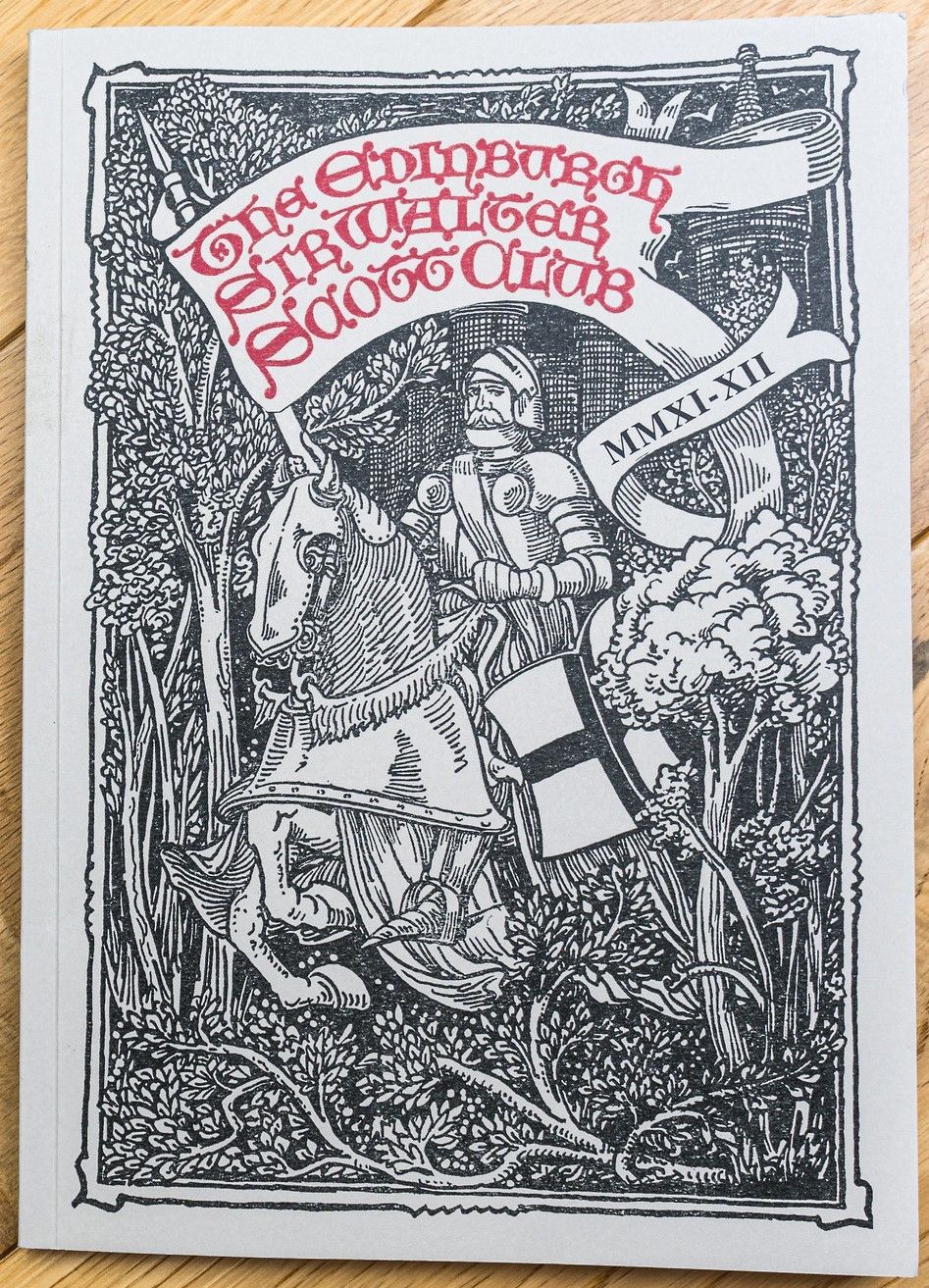Walter Scott and the Painting of Scottish History
Thursday 19th May 2011
Summary of the Talk:
Dr. John Morrison examines the relationship between Walter Scott’s literary works and the evolution of Scottish history painting, with a particular focus on the contributions of artist David Allan. Scottish history painting became a significant artistic endeavour in the 19th century, influenced by the historical novels of Scott and the growing interest in Scottish national identity.
Allan, after struggling to sell paintings derived from his travels, turned to Scottish historical subjects in 1819, influenced by Scott and his son-in-law J.G. Lockhart. This shift to Scottish themes was not only a commercial attempt but also an effort to explore and preserve Scotland's cultural identity, especially after the Union with England had seemingly eroded it. The artist’s works, like The Murder of Archbishop Sharpe, reflected Scott's approach to history: depicting historical events through the lens of ordinary people rather than as grandiose, heroic tales.
Scott, Allan, and Lockhart envisioned history painting as a way to foster a sense of Scottish uniqueness while remaining loyal to the British Union. Allan’s works, including his portrayals of Mary, Queen of Scots, Robert Bruce, and Bonnie Prince Charlie, painted Scottish history in a way that emphasized noble, heroic figures but also stressed the unity of Scotland within Great Britain. This unionist-nationalist view dominated Allan’s approach to Scottish history, with some works presenting iconic figures in a manner that was consistent with Scott’s romanticized portrayal of Scotland’s past.
Additionally, the painting of religious history was a significant branch of Scottish history painting, with figures like David Wilkie and George Harvey offering nuanced depictions of Scotland’s religious history, particularly the Covenanters. These works reflected Scotland’s evolving religious identity and the ongoing debates surrounding Presbyterianism, often drawing contemporary political and social parallels.
Key Points Worth Mentioning:
- Allan's Shift to Scottish Historical Themes: Allan’s move to paint Scottish historical subjects was deeply influenced by Scott's vision of preserving Scottish identity. This was not just an artistic choice but a response to the perceived cultural erosion post-Union.
- The Role of History Painting in National Identity: The intertwining of history painting and the cultivation of Scottish national identity is crucial. Allan’s paintings not only aimed to depict historical events but also to foster a collective, romantic vision of Scotland’s past, shaping national pride.
- Scott's Influence on Allan: Scott’s literary works had a profound influence on Allan’s artistic output, with many of Allan's paintings drawing inspiration from Scott's portrayal of Scottish history, emphasizing ordinary people’s experiences in major historical events.
- Religious History and Its Impact: The work of artists like Wilkie and Harvey, who painted scenes from Scotland’s religious history, reveals how these artists responded to contemporary issues, especially the debates surrounding the Church of Scotland, the Covenanting period, and the Disruption.
- The Tension between Unionism and Nationalism: Allan’s works, although focused on Scotland’s history, emphasize a vision that celebrates Scotland’s distinctiveness while affirming its place within the broader British context, balancing both unionist and nationalist sentiments.
In essence, the article explores how art and literature collaborated to shape a national consciousness, especially through the depiction of Scottish history in a time of evolving political and cultural identity.
Download the [Transcript] or Read the [Bulletin]

Download the [Transcript] or Read the [Bulletin]


